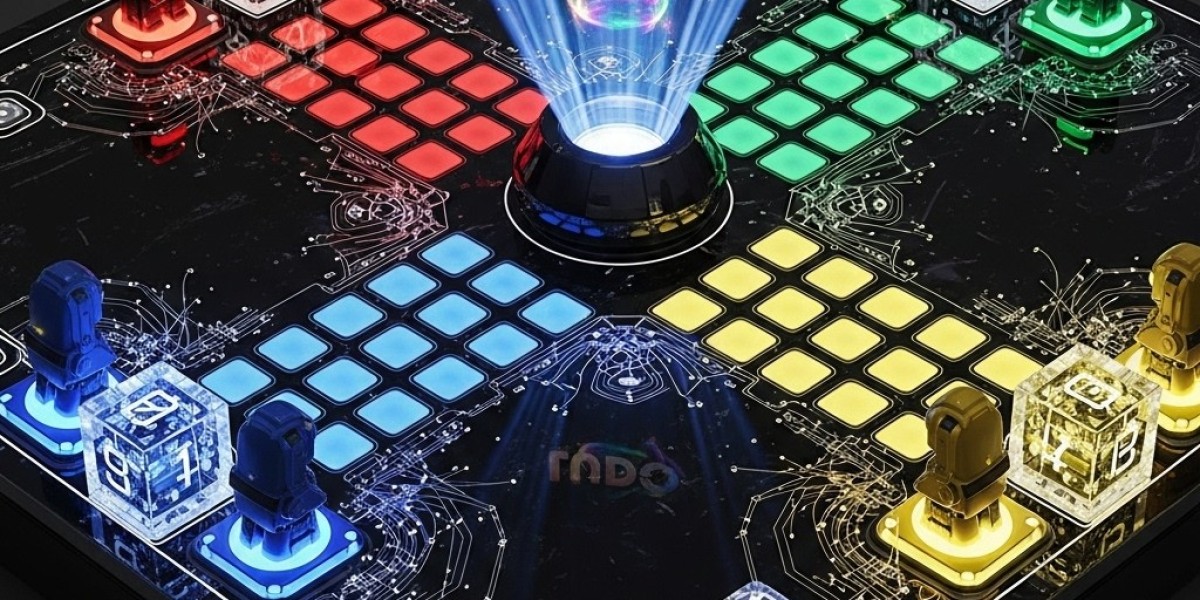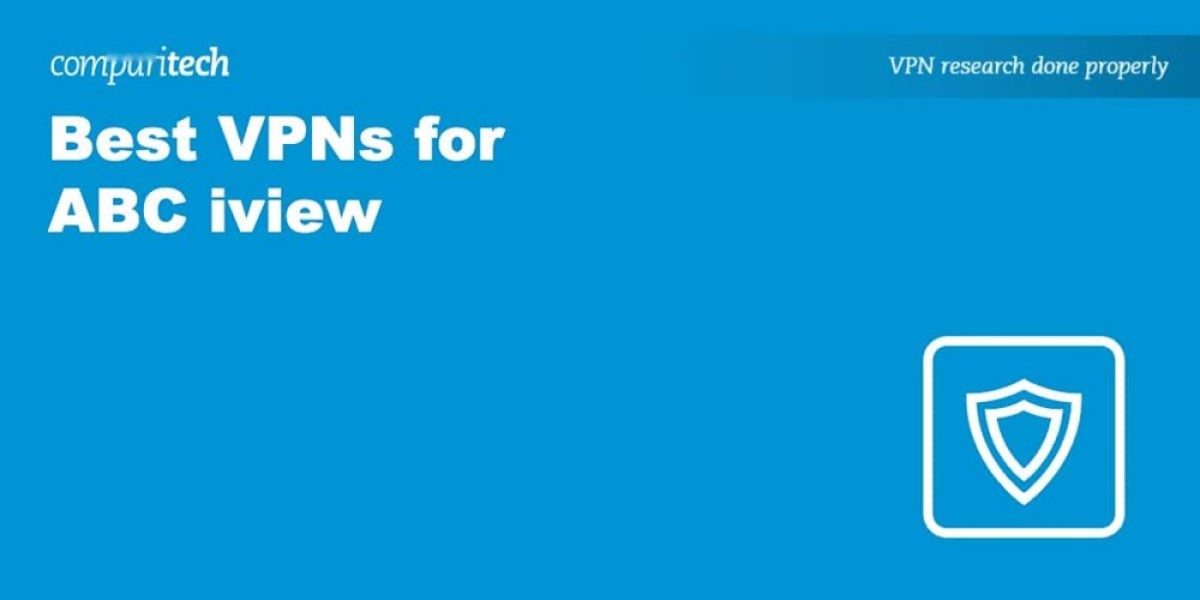Introduction: From Board to Smartphone
Ludo has long been a staple of family game nights, played with colorful tokens and a square board passed down through generations. But in the digital era, the game has evolved far beyond its physical counterpart. Now, millions of users tap their screens instead of rolling physical dice, connecting with friends and strangers worldwide in real-time.
This transformation from cardboard to code is no small feat—it's the result of cutting-edge Ludo app technology, innovative design, and expert Ludo game development practices. Developers have to strike the perfect balance between preserving nostalgia and enhancing the gaming experience with modern features.
In this blog, we'll take you behind the scenes of how developers build a Ludo app, exploring the technology stack, features, design process, and innovations that bring this classic to life.
Why Ludo Still Works in the Digital Age
Before diving into the tech side, it's worth understanding why Ludo remains such a big hit in mobile gaming.
Simple Rules, High Engagement: Ludo's straightforward gameplay makes it universally appealing, while the element of chance keeps it exciting.
Social Connection: In an era where social interactions happen online, multiplayer Ludo apps provide a casual way to connect with friends and family.
Cross-Generational Appeal: Grandparents can play alongside teenagers without a steep learning curve.
Monetization Potential: Real-money Ludo games, in-app purchases, and ad revenue models make the business side lucrative.
These qualities create a perfect backdrop for developers to innovate and invest in Ludo game development.
The Core Tech Stack for Ludo App Development
Bringing a Ludo board game into a smartphone app requires choosing the right Ludo app technology stack—the combination of tools, programming languages, and platforms that power the game.
A. Frontend (User Interface)
This is what players see and interact with.
Languages/Frameworks: Unity (C#), Cocos2d-x (C++/ C++/JavaScript), Flutter (Dart) for cross-platform apps.
UI/UX Tools: Figma, Adobe XD, or Sketch for designing the game board, tokens, and menus.
Animations: Spine or built-in Unity animation tools to make tokens move smoothly across the board.
B. Backend (Game Logic & Server)
This is the brain of the game that processes moves, synchronizes players, and ensures fairness.
Programming Languages: Node.js, Python, Java, or . . .NET.
Database: MySQL, MongoDB, or Firebase to store user profiles, game history, and leaderboards.
Real-Time Communication: Socket.io or Photon Engine for instant multiplayer gameplay.
Cloud Hosting: AWS, Google Cloud, or Azure for scalability and uptime.
C. Cross-Platform Game Engines
Choosing a game engine is one of the most critical steps when you build a Ludo app:
Unity: Popular for its versatility and ability to deploy to Android, iOS, and the web from one codebase.
Cocos2d-x: Lightweight and efficient for 2D games like Ludo.
Unreal Engine (less common): Overkill for simple board games, but an option for high-end graphics.
Game Logic: Making Ludo Work Digitally
One of the trickiest aspects of Ludo game development is translating the physical rules into digital code.
A. Dice Rolling Mechanism
Random Number Generators (RNGs): A crucial part of fair gameplay.
RNG algorithms must be cryptographically secure to prevent cheating.
Some real-money Ludo apps even use blockchain-based RNG for transparent fairness.
B. Turn Management
The backend server keeps track of whose turn it is.
Delays, timers, and automatic skipping ensure smooth gameplay even if someone disconnects.
C. Movement and Collision Detection
Token movement is animated step-by-step to replicate the board experience.
Collision detection checks if a token lands on an opponent's and sends it back to the starting area.
Read More :- Mistakes to Avoid When Hiring a Ludo Game Developer
Multiplayer Integration: The Heart of Modern Ludo
No modern Ludo app would be complete without multiplayer features. Developers rely on real-time networking protocols to keep games synchronized across devices.
Peer-to-Peer (P2P): A direct connection between players, suitable for small games but less secure.
Client-Server Model: The server manages game state, ensuring fairness and preventing hacks.
Matchmaking Algorithms: Pair players of similar skill levels for balanced competition.
To build a Ludo app that retains players, multiplayer must feel instantaneous. This is achieved through:
Low-latency networking
Lag compensation techniques
Auto-reconnect features
UI/UX: Designing for Fun and Familiarity
Good Ludo app technology isn't just about the backend—it's also about how it feels to play.
Nostalgic Design: The board, colors, and tokens should remind players of the classic game.
Custom Skins: Let players change board themes, dice designs, and token colors.
Touch Interactions: Smooth token dragging or tap-to-move controls.
Accessibility: Clear icons, readable fonts, and options for colorblind users.
Extra Features That Enhance Digital Ludo
When developers build a Ludo app, they often add features that go beyond the physical version.
In-App Chat & Emojis: Let players talk or react during gameplay.
Rewards & Achievements: Daily login bonuses, win streaks, and trophies.
Leaderboards: Create competition among friends or globally.
Real-Money Play: With secure payment gateways and legal compliance.
Offline Mode: Play against AI when no internet connection is available.
AR & VR Elements: Some experimental apps integrate augmented reality to make the board appear in the real world.
Security & Fair Play in Ludo Game Development
Fairness is crucial—especially in competitive or real-money Ludo games.
Data Encryption: Protects player information and transactions.
Anti-Cheat Systems: Detects abnormal gameplay patterns or unauthorized modifications.
Secure RNG: Ensures dice outcomes are genuinely random.
Server Authority: The server validates every move to prevent hacks.
Monetization Models for Ludo Apps
From a business perspective, Ludo game development often includes monetization planning:
Freemium Model: Free to play but with in-app purchases for skins, boosts, or ad-free play.
Ads: Rewarded video ads, interstitials, or banners.
Subscription Plans: VIP access with exclusive boards or faster matchmaking.
Real-Money Competitions: Entry fees and prize pools.
The Development Process: Step-by-Step
Here's a simplified roadmap of how developers build a Ludo app:
Market Research: Understand audience preferences, monetization trends, and competitors.
Game Design Document (GDD): Outlines rules, features, UI, and technical requirements.
Choose Tech Stack & Game Engine: Decide between Unity, Cocos2d-x, or Flutter.
UI/UX Design: Create prototypes of the game interface.
Backend Development: Set up servers, databases, and APIs.
Game Logic Implementation: Program dice rolling, token movement, and win conditions.
Multiplayer Integration: Enable matchmaking, lobbies, and real-time play.
Testing & QA: Identify and fix bugs; test for speed, fairness, and security.
Launch: Deploy to Google Play, App Store, or other platforms.
Post-Launch Updates: Add new features, fix bugs, and improve performance.
Future Trends in Ludo App Technology
The future of Ludo game development is exciting, with new tech shaping gameplay:
Blockchain Integration: Transparent RNG and NFT-based tokens.
AI Opponents: Smarter AI for challenging offline play.
AR Ludo: Play on your dining table using augmented reality.
Voice Commands: Move tokens or roll dice through speech recognition.
Cloud Gaming: Play without downloading the app.
Conclusion: The Perfect Blend of Tradition and Technology
Ludo's journey from living room tables to global app stores is a story of how tradition and technology can work hand in hand. Developers use powerful Ludo app technology—from real-time multiplayer engines to advanced UI/UX design—to recreate the magic of the classic game while adding new layers of excitement.
Whether you're planning to build a Ludo app for fun or profit, the success lies in blending nostalgia with innovation. Get the rules right, make the gameplay smooth, ensure fairness, and add features that keep players coming back—and you'll have a Ludo app that's ready to roll the dice on success.








